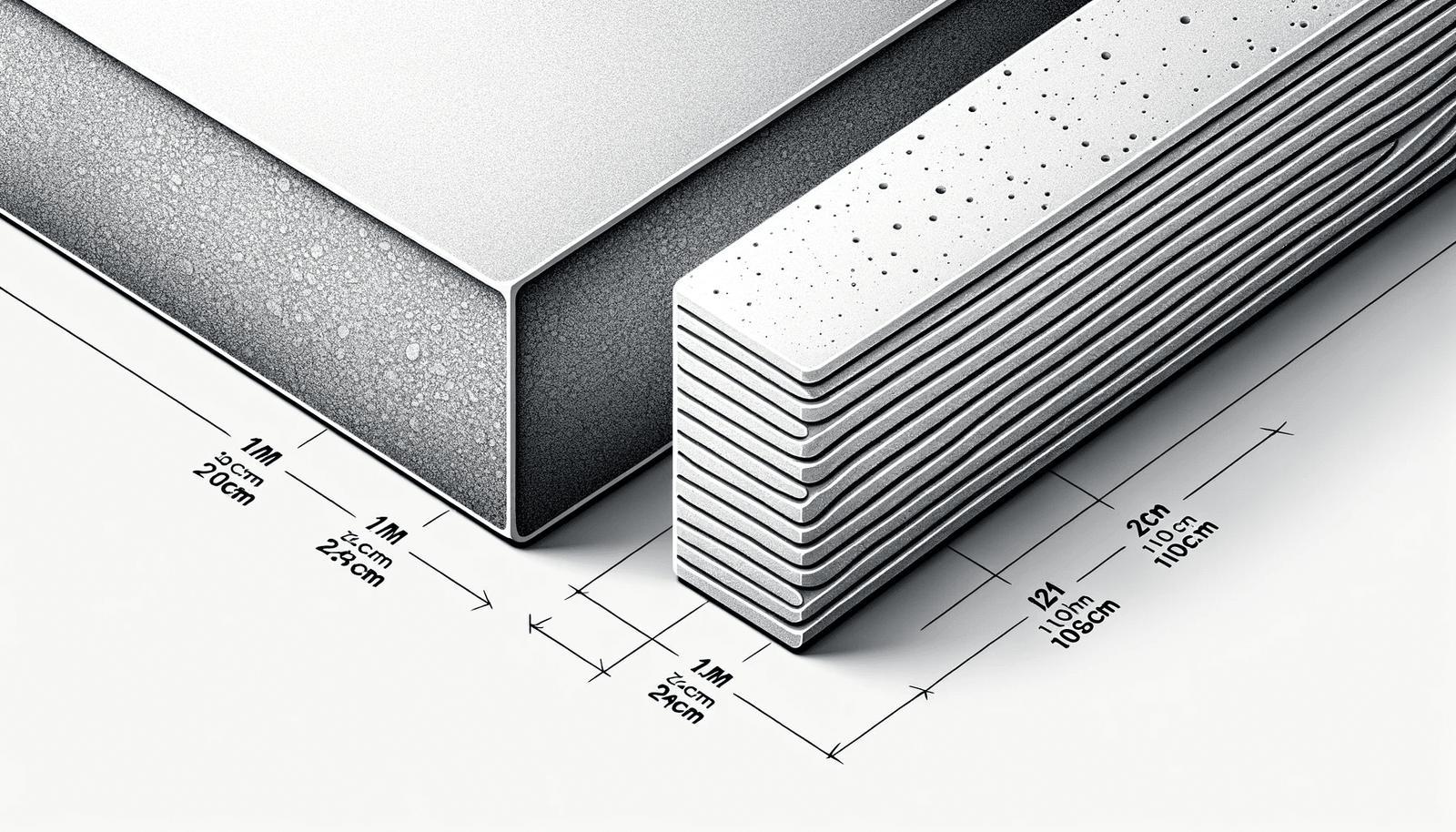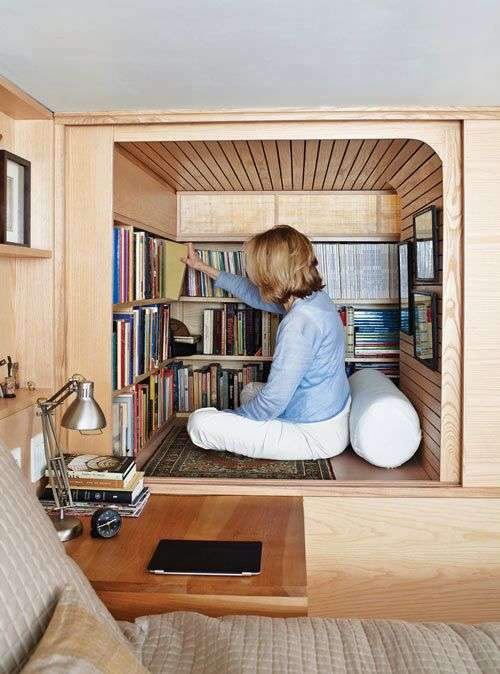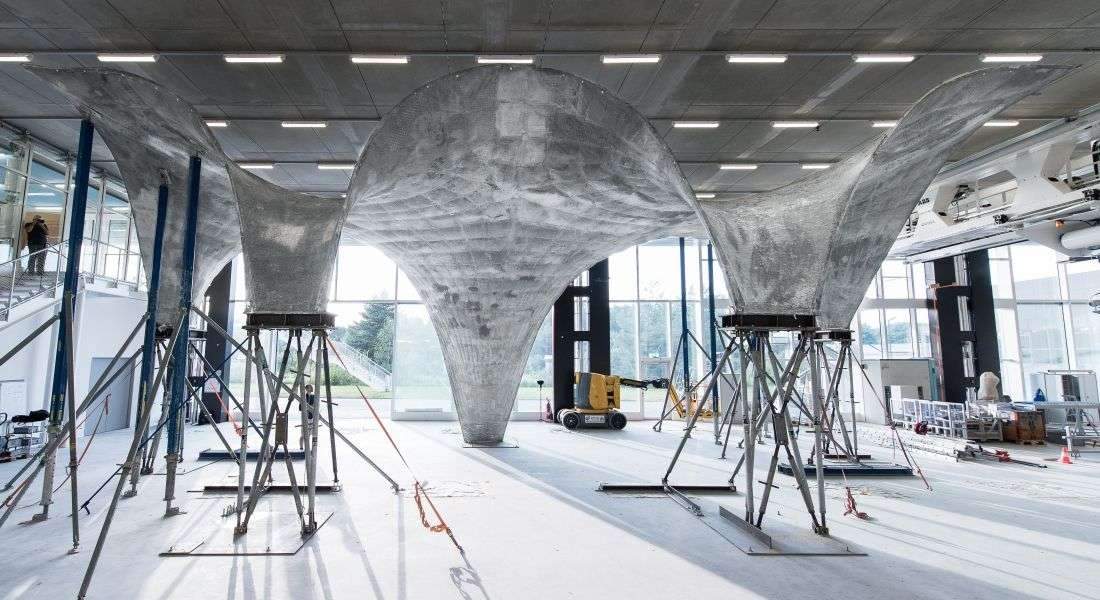cement board sheets come in various sizes, commonly ranging from 3’x5′ to 4’x8′, and in thicknesses from 1/4″ to 1/2″12. They can be cut into smaller pieces to fit specific needs. The sizes in metric units are approximately ranging from about 0.91m x 1.52m to about 1.22m x 2.44m in dimension, with thicknesses ranging from about 6.35mm to 12.7mm.
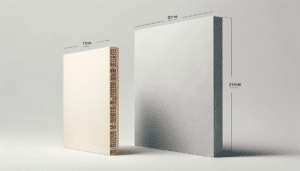
Cement board sheets are utilized in a variety of architectural and construction applications due to their durability and resistance to water and fire. They are primarily used in the following areas:
Tile Backer Boards: They serve as a strong and moisture-resistant base for tiling in bathrooms, kitchens, and other wet areas.
Exterior Sheathing: Applied on exterior walls to create a solid, weather-resistant surface.
Fire-Resistant Building Material: Due to their fire-resistant nature, cement boards are used in constructing firewall assemblies.
Flooring Substrate: Providing a stable and durable base for flooring materials like tile or stone.
Partition Walls: Used in creating strong, stable, and soundproof interior walls.
Ceiling Applications: Providing a firm base for ceiling materials, ensuring a smooth and stable finish.
Eaves and Soffits: Employed in eaves and soffits to provide a sturdy, weather-resistant surface.
Cement boards are also used in other special applications like creating bases for countertops, constructing prefabricated structures, and more. They can be used in both residential and commercial projects, demonstrating their versatility and functionality in modern architectural and construction practices.
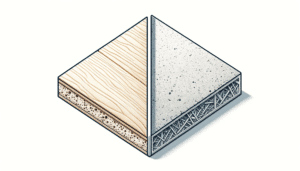
Cementboard is a type of building material commonly used in architectural and construction projects. Cementboard is characterized by its strength and resistance to water and moisture, making it an ideal choice for use in wet areas such as bathrooms and kitchens. In addition, it can be used in exterior facades, interior partitions and roofs. Cementboard comes in a variety of sizes, with dimensions including 4×8 feet and 3×5 feet, which translates to approximately 122×244 cm and 91×152 cm.
As for the difference between cement board and gypsum board, gypsum board is a gypsum board surrounded by a paper sheet and is commonly used as an interior building material while cement board is preferred for outdoor applications due to its resistance to water and moisture. Gypsum board is also lighter in weight compared to cement board, and this makes gypsum board easier to handle and install. On the other hand, cement board is heavier and requires special tools for cutting and installation
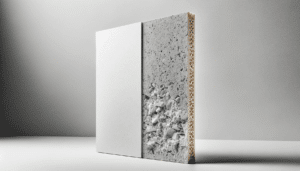
Regarding weight, the weight of cement board is approximately twice the weight of gypsum board per square foot, which makes handling cement board by one person difficult. Tools and carbide-coated cutting blades are necessary for cutting cementboard due to its hardness, and it is often recommended to pre-drill holes to install cementboard.
https://archup.net/insulation-boards-guide/
Make sure to also check the manufacturer’s guidelines and local building codes to ensure the correct size and application of cement boards in your project.

